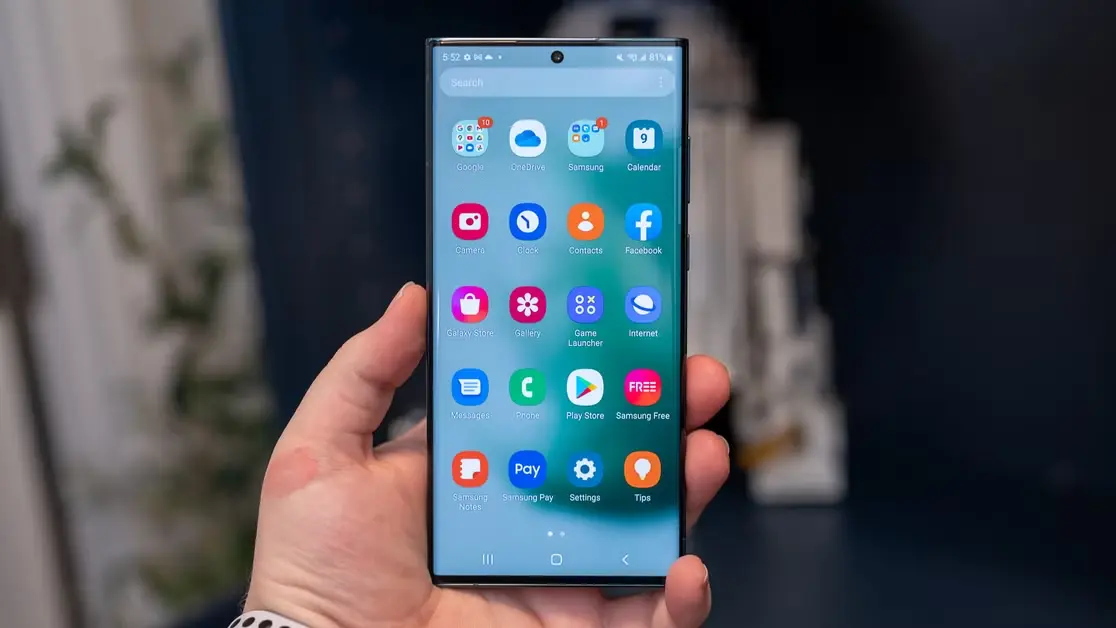Technology moves fast, and Android smartphones are no exception. While new phones receive updates regularly, older devices often get left behind. If you own an older Android phone, you may notice missing features, outdated security patches, or apps that no longer run smoothly. The good news is, there are ways to update your old Android phone to the latest version—whether officially or with alternative methods.
This guide will walk you through everything you need to know, from checking official updates to installing custom ROMs.
Why Update an Old Android Phone?
Before diving into the how-to, it’s important to understand the benefits of updating your phone:
- Enhanced Security – Protects against malware, hacks, and vulnerabilities.
- New Features – Get access to the latest Android functionalities.
- Better Performance – Updates can improve speed, stability, and battery life.
- App Compatibility – Many apps require newer Android versions to work smoothly.
Step 1: Check for Official Updates
The easiest way to update your phone is through official updates from the manufacturer. Here’s how:
- Go to Settings > About Phone > System Update.
- Tap Check for Updates.
- If an update is available, connect to Wi-Fi, plug in your charger, and tap Download and Install.
👉 If no update is found, it may mean the manufacturer has stopped support for your device. But don’t worry—there are other options.
Step 2: Use Manufacturer’s Support Tools
Some brands (like Samsung, Xiaomi, and OnePlus) offer PC software to push updates to older phones:
- Samsung Smart Switch
- Xiaomi Mi PC Suite
- Sony Xperia Companion
By connecting your phone to your computer, you may be able to download updates that aren’t available over-the-air.
Also Read-Most Popular Mobile Games of 2025
Step 3: Unlock the Power of Custom ROMs
If your device no longer receives official updates, you can install a custom ROM—a modified version of Android created by independent developers.
Popular custom ROMs include:
- LineageOS (most widely used)
- Pixel Experience (Google Pixel-style features)
- Resurrection Remix (customization-heavy)
Steps to Install a Custom ROM:
- Backup your data – This process wipes your phone.
- Unlock bootloader – Varies by brand (may void warranty).
- Install a custom recovery (like TWRP).
- Download ROM + Google Apps (GApps) compatible with your device.
- Flash ROM using recovery and reboot.
⚠️ Note: Installing custom ROMs requires technical knowledge. If done incorrectly, it may brick your device. Always follow step-by-step guides specific to your phone model.
Step 4: Update Apps & Security Manually
Even if you can’t upgrade to the latest Android OS, you can still keep your phone secure:
- Update apps via Google Play Store.
- Use Lite versions of apps (Facebook Lite, Messenger Lite) for smoother performance.
- Install third-party security apps to add an extra layer of protection.
Step 5: Consider Android Go or Lightweight Launchers
If your phone is too old to run newer Android versions, you can optimize it for performance:
- Install Android Go apps (Google Go, Maps Go, Gmail Go).
- Use lightweight launchers like Nova Launcher or Microsoft Launcher.
- Disable bloatware and background apps.
This won’t change the Android version, but it will make your device feel faster and more modern.
Best Paragraph (Highlight for Engagement)
👉 “Updating an old Android phone may feel challenging, but it’s also rewarding. A single update can transform a sluggish, outdated device into a smoother, more secure, and feature-rich smartphone. Even if official updates are no longer available, custom ROMs and optimization techniques ensure your phone stays alive and useful for years. Instead of discarding your old device, a smart update can breathe new life into it—saving money and reducing electronic waste.”
FAQ: How to Update an Old Android Phone
1. How can I check my current Android version?
Go to Settings > About Phone > Software Information. Your current Android version will be listed there.
2. How do I check if an update is available?
Navigate to Settings > System > Software Update (or Settings > About Phone > System Update depending on your device). If an update is available, it will show here.
3. Can all old Android phones be updated to the latest version?
Not all phones can be updated. Support depends on the manufacturer and model. Older phones may no longer receive official updates, but some can use custom updates if supported.
4. How do I prepare my phone for an update?
- Backup your data to avoid losing important files.
- Charge your phone to at least 50% or connect it to power.
- Connect to Wi-Fi to save mobile data and ensure a stable connection.
5. What if my phone doesn’t show an update?
If no official update is available, your phone may have reached the end of support. In such cases, you can:
- Use security patches if available.
- Explore custom ROMs designed for your model (advanced users only).
6. How do I install the update?
If an update is available:
- Tap Download and Install.
- Wait for the download to complete.
- Your phone will restart automatically to apply the update.
7. Will updating my phone erase my data?
Typically, updates do not erase data. However, it’s always recommended to back up important files before updating, just in case.
8. How can I speed up the update process?
- Ensure a strong Wi-Fi connection.
- Free up storage space if your device is low on memory.
- Avoid using the phone heavily during the update download and installation.
Final Thoughts
Updating your old Android phone is possible, whether through official updates, manufacturer tools, or custom ROMs. If updates aren’t available, you can still improve performance with lightweight apps and security tweaks.
The choice depends on your technical comfort level—but either way, updating your device keeps it faster, safer, and more compatible with today’s apps.
Also Read-Tech Layoffs in 2025: Causes, Impact, and What’s Next
